Transplant Geraniums: [Conditions, Tools and Steps to follow]
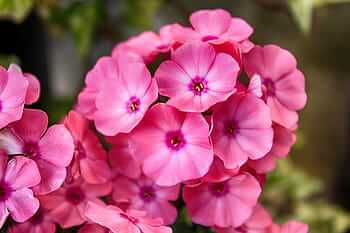
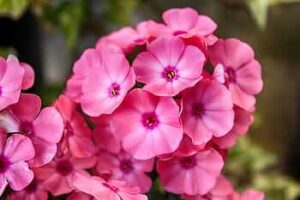 Its popularity has crossed the borders of the warm native regions of Africa, to spread throughout the world and lavish multicolored joy.
Its popularity has crossed the borders of the warm native regions of Africa, to spread throughout the world and lavish multicolored joy.
Even though they are quite resistant herbaceous or shrubby plants, they deserve some care when transplanting with the main objective of multiplying them.
What should we take into account before transplanting geraniums?
There are some pre-transplant conditions that any amateur or expert grower should never forget. Let’s see what they are:
Transplant time
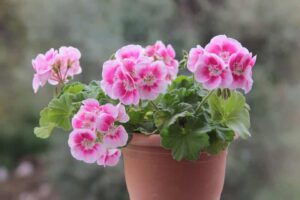 It is essential that the transplant operation be carried out just before or a little after the winter rest of this beautiful plant begins. Why?
It is essential that the transplant operation be carried out just before or a little after the winter rest of this beautiful plant begins. Why?
Experts point out that precisely in this period the plant will lose little sap, in case some of its branches or roots are broken.
This means, in other words, that the ability of the shrub to recover will be faster if these recommendations are followed, in case it suffers any loss of nutrients.
Fertile ground
Likewise, a nutrient-rich compost must be ready , preferably organic, which you should add after plowing to oxygenate the soil.
Preparing a peat and compost substrate in sandy and clay soils is vital to the health of your geraniums. This ensures optimal aeration and prevents the accumulation of harmful salts that prevent vegetative growth and bring diseases.
Enough light
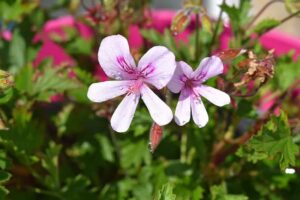 Geraniums need an average of 5 to 6 hours of natural light per day, although they adapt quite well to shady or low-light environments.
Geraniums need an average of 5 to 6 hours of natural light per day, although they adapt quite well to shady or low-light environments.
A combination of these is ideal. Sunlight in the day and half shade in the evening. So it will be strategic to find a site in the garden that has these characteristics.
Although it is worth saying that previously we know very well what is the species of geranium that we will take care of, because there are some very tolerant to the sun and others less resistant to prolonged exposure to the so-called Astro Rey.
What is the best time to transplant geraniums?
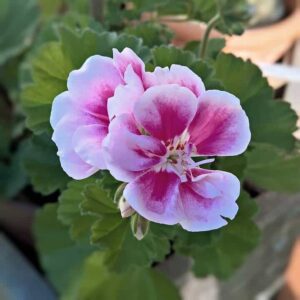 If you plan to become a geranium grower, it is good that you know that you will adopt a perennial that usually blooms in summer , expanding in the growing season with great freedom in a garden.
If you plan to become a geranium grower, it is good that you know that you will adopt a perennial that usually blooms in summer , expanding in the growing season with great freedom in a garden.
The same will happen in a pot, so you may have to transplant it without delay, if you notice that the pot has been too small.
Any sensible gardener will recommend that the best time to transplant a geranium is between late fall and early winter.
This is due to the fact that the plant will go to rest and it will be more beneficial for it if the transplant operation takes place in that period. Thus, the damage to its roots and stems will be less, because as has been well said, the decrease in sap will be less.
What tools should we use to transplant geraniums?
Another very sensible recommendation is related to the need to have all the necessary implements to perform the noble task of transplanting geraniums. To do this, the grower must make an inventory of the following materials:
- A comfortable table for gardening.
- Old pot with an adult or mature plant that will be transplanted.
- A pot or pot with holes and a diameter greater than 6 centimeters (cms).
- Excellent quality substrate, available in nurseries and specialized stores, composed of peat, perlite and vermiculite.
- Gravel to layer the bottom of the pot to facilitate optimal drainage and protect the roots.
- Have a sufficient shower and water on hand.
- Acquire rooting hormones, which help to strengthen the cuttings that you will plant.
- Garden knife or scissors.
How do we transplant geraniums?
For you to be successful transplanting geraniums, follow these steps:
- The first thing is to choose a thick branch of the mature plant that should be cut at the height of the second axilla, always below the node, where more nutrients are concentrated, carefully removing the leaves at the height of the lower end of the stem.
- Then, the base of each cutting you make should be soaked in growth hormones, in order to help each cutting to develop in a healthy way. This step is not mandatory. The hormonal stimulation of the plant can be suppressed.
- Then the pot is filled with the nutrient-rich substrate.
- For each pot it is good to place between 2 to 3 cuttings, planting them towards the edges. They can be placed in a ventilated place in the house where there is enough sunlight.
Usually within 6 to 8 weeks, healthy roots will start to sprout from the clone you have succeeded in setting.
How do we prepare the soil for transplanting geraniums?
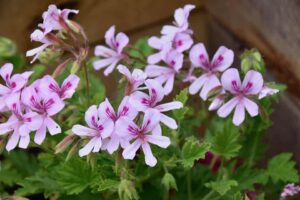 A vital fact for the long life of your geraniums is to ensure that the soil has very good drainage or the plant will drown to rot if the water becomes stagnant or pools.
A vital fact for the long life of your geraniums is to ensure that the soil has very good drainage or the plant will drown to rot if the water becomes stagnant or pools.
In clay or sandy soils, the combination of organic fertilizers combined with good compost , rich in peat, perlite and vermiculite, is appropriate.
As well as a water soluble fertilizer, which should be applied following the recommendations of people who are experts in the field. Fertilizers that have a 20% nitrogen concentration , 20% phosphorus and an equal amount of phosphate are ideal , with a proportion of 4 milliliters for each liter of water.
Fertile ground
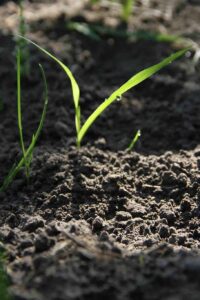 Likewise, there must be a previously available place where the soil is loose. It is ideal to prepare it with the help of a previous plow, up to about 38 centimeters or between 12 to 15 inches.
Likewise, there must be a previously available place where the soil is loose. It is ideal to prepare it with the help of a previous plow, up to about 38 centimeters or between 12 to 15 inches.
Likewise, a nutrient-rich compost must be ready , preferably organic, which you should add after plowing to oxygenate the soil.
The soil in a pot should have similar characteristics in terms of nutrients and water filtration. It is important to emphasize that a very dry soil will delay the arrival of the flowering of the plant.
However, excess water will also rot the roots to ruin them, so an adequate drainage or filtration of the water must be guaranteed, especially in the summer season. At this time it is essential to increase watering so that the plant can withstand the heat.

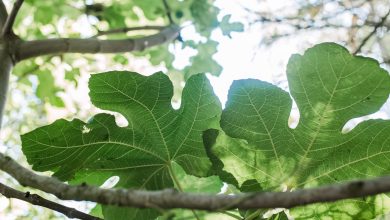
![Photo of Stolons: [Concept, Planting, Care, Pests and Diseases]](https://www.complete-gardening.com/wp-content/uploads/2022/08/stolons-concept-planting-care-pests-and-diseases-390x220.jpg)
![Photo of Ceibo: [Cultivation, Irrigation, Care, Pests and Diseases]](https://www.complete-gardening.com/wp-content/uploads/2022/08/ceibo-cultivation-irrigation-care-pests-and-diseases-390x220.jpg)
